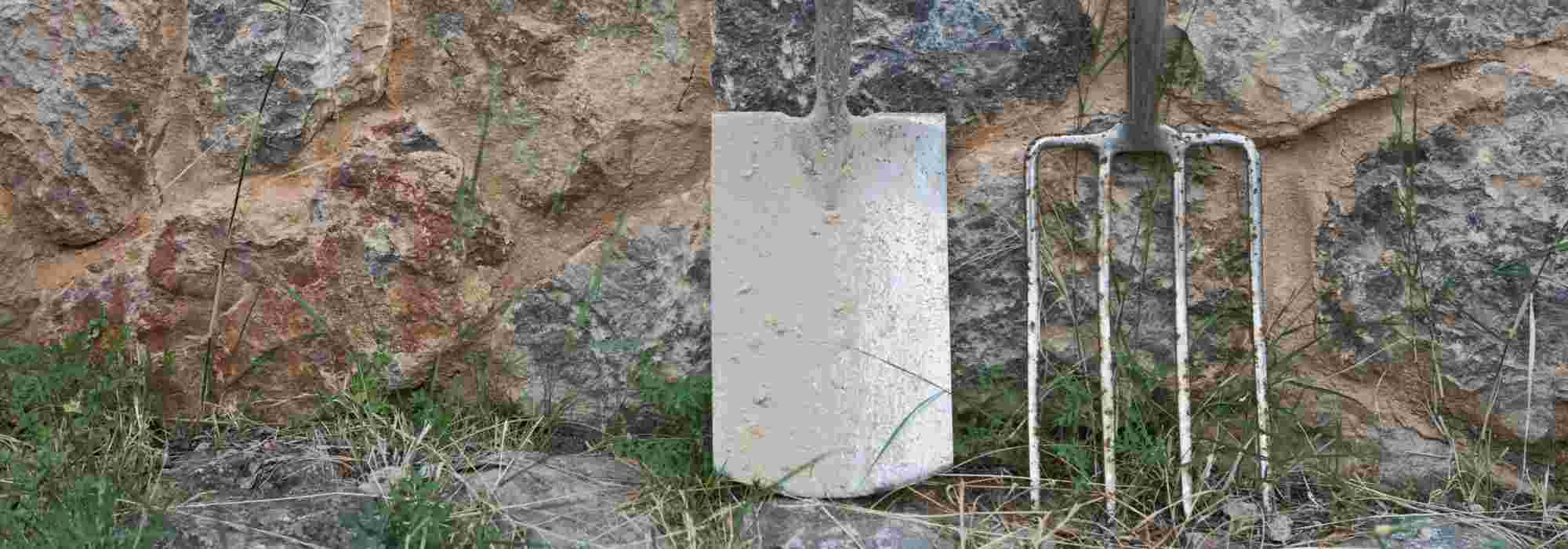
Spade, mattock, spading fork: which to choose for my garden?
How to prepare soil properly
Contents
To turn, loosen and crumble soil deeply, whether in the garden or in the vegetable patch, or to dig a hole, good work starts with choosing an appropriate gardening tool. Between spade, digging fork or shovel, which to choose and how to use them? It can be hard to know which to choose among all these long-handled tools. You won’t use the same tool for different soil types or for different tasks. For everything you need to know about essential garden tools for working the soil, discover our tips.
Hand tools for working soil
Spade
One of very first tools a gardener must own. The spade allows digging planting holes, turning and loosening deep layers of soil, cutting roots or edging borders. The spade consists of a handle usually made of wood and a flat blade with sharp edges. They come in all sizes and weights to suit every style and body shape (handle should just reach above hip height). Available with a cranked shaft (or T-handle) that multiplies force and provides a footrest to drive it into soil, with a simple handle, with or without footrests, with a wood or composite handle — choose the one that suits you best!
There are two interesting variants of the standard spade: the digging fork and the narrow spade.
Digging fork
The digging fork is a tool whose blade is not flat but made up of 3, 4 or rarely five straight steel tines. It is much better suited than the spade for breaking up and loosening heavy, stony soils while respecting soil fauna and the roots of surrounding plants. It allows loosening without turning over soil layers. Generally choose a digging fork with a handle slightly longer than for a standard spade. Again, various models are available with a steel “blade”, with a cranked shaft or D-handle, with wooden or composite handles.
Narrow spade
The narrow spade is a kind of spade with a thinner, sharper and noticeably narrower blade. It is easier to use than the spade in very heavy, clay soils because it slides in more easily. It is also the “nurserymen’s or landscapers’ spade” used to transplant or uproot trees and bushes. Unlike a spade that has only a simple socket to secure the handle, the narrow spade has a steel spine on the back of the blade that gives greater strength and isolates it from soil, preventing moisture. That is the difference between a narrow spade and a spade. A narrow spade’s handle is almost unbreakable. The narrow spade’s blade is also polished on both faces to prevent clayey soils sticking to it. For heavy-duty use or major jobs, opt for the narrow spade.
→ For more details and usage tips, discover Olivier’s advice sheet “Main gardening tools and their functions” and his article: “What is a narrow spade used for?”
→ Discover our range of spades, narrow spades and digging forks
Read also
Garden tools: essentialsChoose according to soil type
Depending on whether your soil is light and sandy, stony or, conversely, clayey, heavy and compact, you will not use the same tool.
In loose, non-sticky, stone-free soil
A good spade with sharpened cutting edges such as the ‘Senlis’ model is the most suitable tool for deep preparation of light or compact, sandy but non-stony soils.
In clayey, heavy soil
Choose the grubbing spade, a sturdy, well‑sharpened tool, slimmer and more cutting than a spade, designed for deep soil preparation requiring precision and strength. It is useful in heavy, rich and sticky soils, such as clay soils, to break up and aerate the soil or to cut roots.
In stony, heavy and compact soil
Spading in stony soil is very difficult. The digging fork is a versatile, complementary tool to the spade, designed to work in depth on difficult, hard and/or very rocky soils because its long, pointed and sturdy tines, like those of the stand model ‘Novagrip Leborgne’, penetrate easily into the soil between the stones.
Discover other Spades, shovels, and forks
View all →Available in 1 sizes
Available in 1 sizes
Available in 1 sizes
Available in 1 sizes
Available in 1 sizes
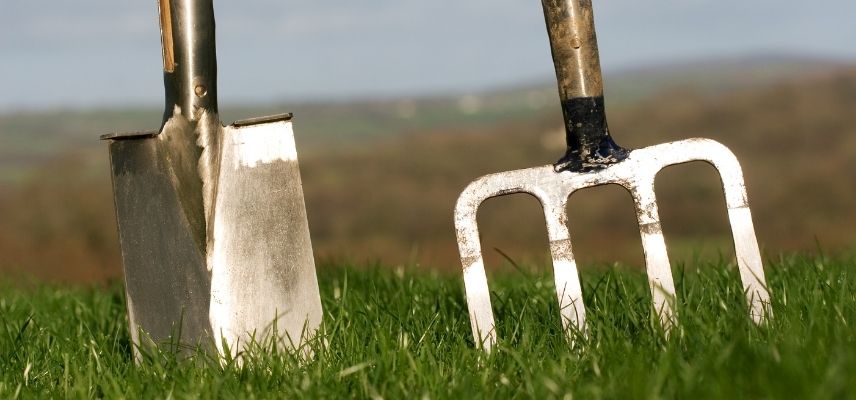
Read also
Main gardening tools and their functionsChoose according to intended use
To turn soil and dig
Spade, with its sharp edges, is used to turn and dig soil. Designed to turn light soils and sandy ground where soil will not stick to the blade. In heavy soil or after heavy showers, opt for a digging spade, which will penetrate more easily. Digging spade slips through soil better than spade. It is also used for earthworks and, in particular, for digging trenches for laying drainage pipes or creating hedges.
To loosen soil
Digging fork is designed to loosen, aerate and crumble soil deeply by dislodging it simply through penetration of the tines. It allows soil to be loosened without turning it and so without disturbing soil microbial life.
To transplant perennials and bushes
Digging spade is a particularly sturdy tool specially suited to transplanting small and large specimens and uprooting trees and bushes. Its long, narrow steel blade is perfect for exposing stumps and its shaft offers high resistance to tipping and lifting heavy loads.
To amend soil
To bury fertilisers and soil conditioners such as manure or compost, the flat of the spade or of the digging spade is suitable.
To divide perennial stumps
Designed to lift, turn and slice in one clean cut, spade is an indispensable tool for dividing perennial stumps.
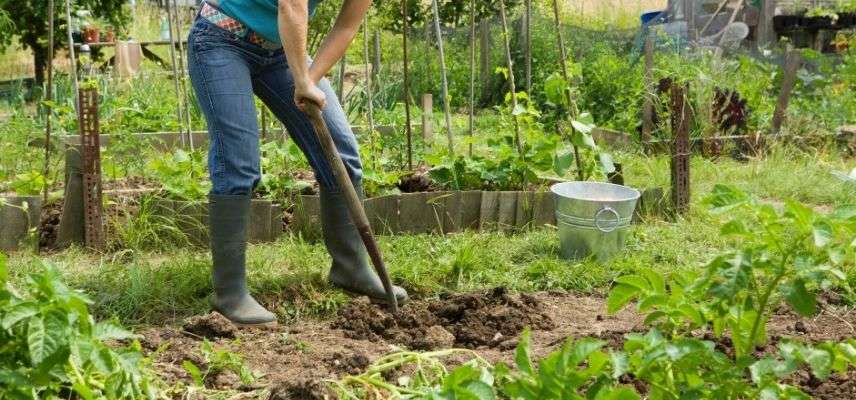
Gardener-related choices
According to your strength
You must choose a tool suited to your strength and the effort required so that using it is as painless as possible. Choose a lightweight tool; a digging fork is lighter than a spade, for example. The longer and wider the spade blade, the more strength required to push it in and lift soil. Do not buy a tool you can barely lift, conversely a tool that is too light will struggle to penetrate heavy soil.
Comfort of use
Handle length should be chosen according to your height. Some tools have a footrest that lets you use your weight to drive the blade or fork into the ground without effort and without tearing your boots. While a long handle reduces strain on the back, a shorter handle provides greater stability when moving a load from one place to another. You therefore need to find the best compromise based on your height and the gardening tasks to be carried out.
According to use and garden size
Tool purchase depends on use and frequency of use. If you have a large plot of more than 100 m², you will use your tools regularly, even intensively; equip yourself with good tools able to withstand repeated twisting and levering, and maintain them! If you live in town and have 20 m² of garden, there is no point investing in very expensive tools; opt for single tools that are very easy to use. Short-handled tools are more manoeuvrable and allow work on small areas.
- Subscribe!
- Contents
































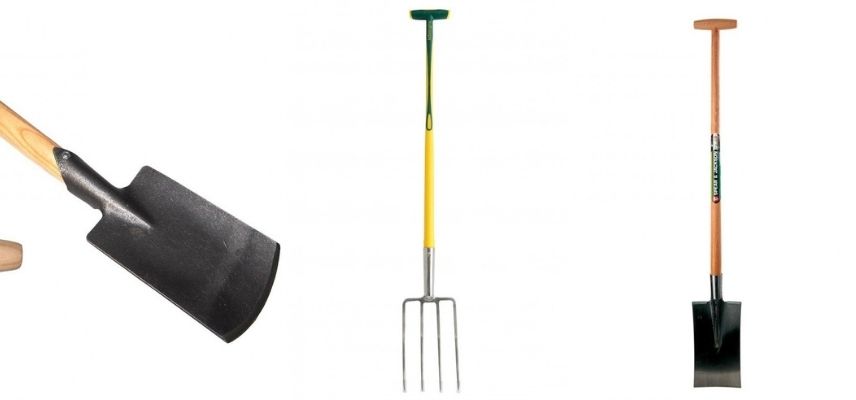
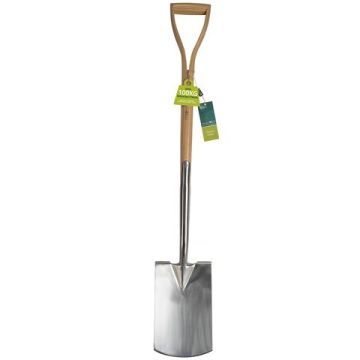
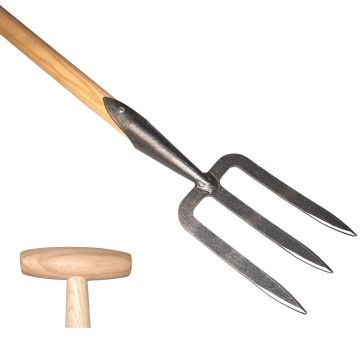
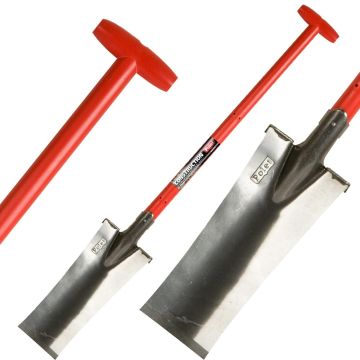
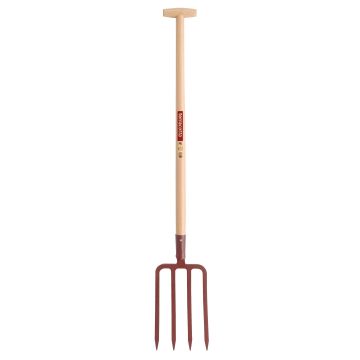
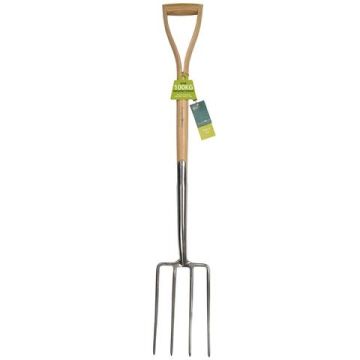

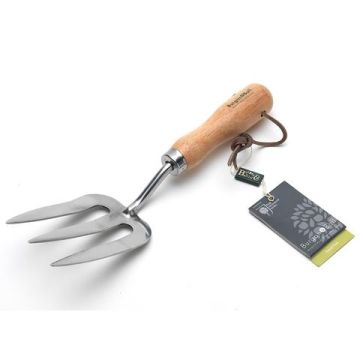
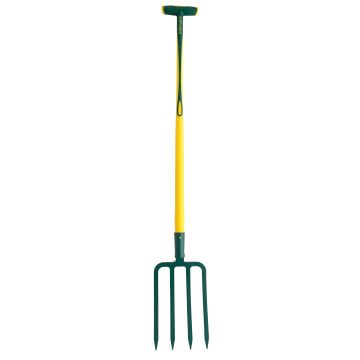
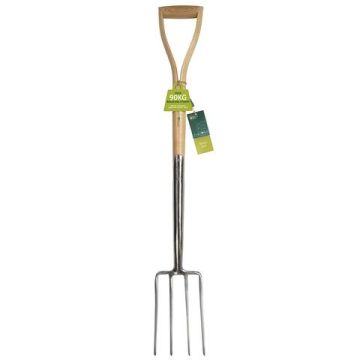

Comments